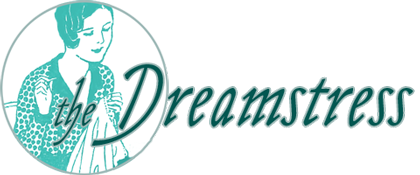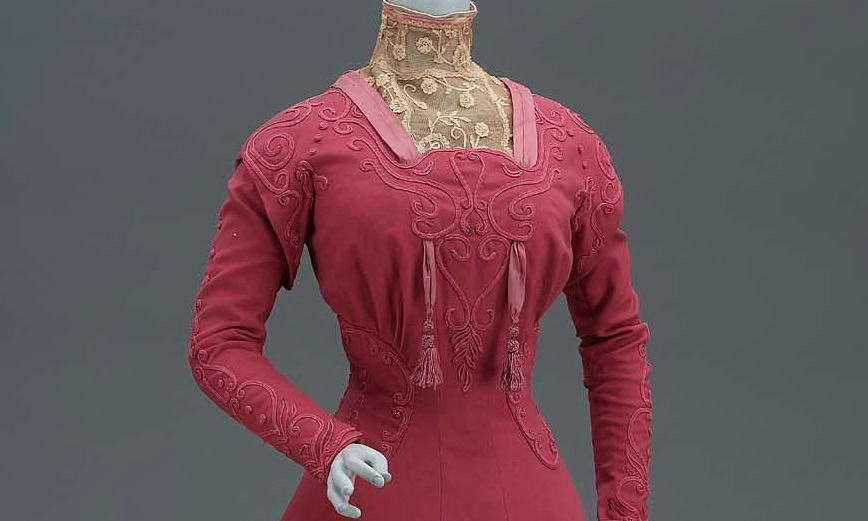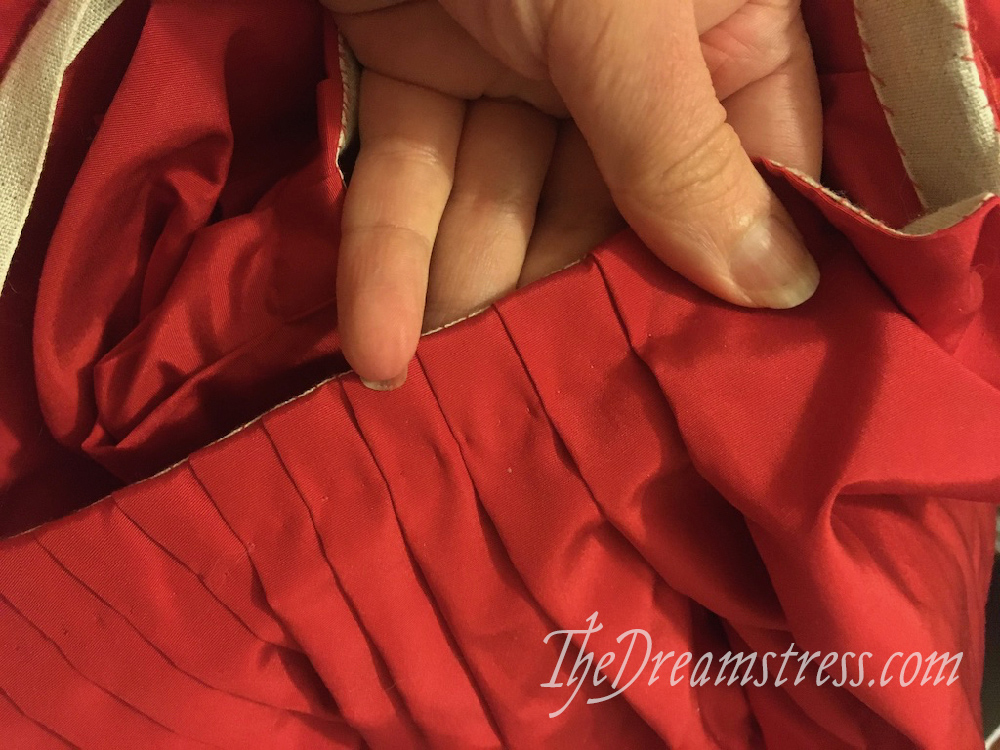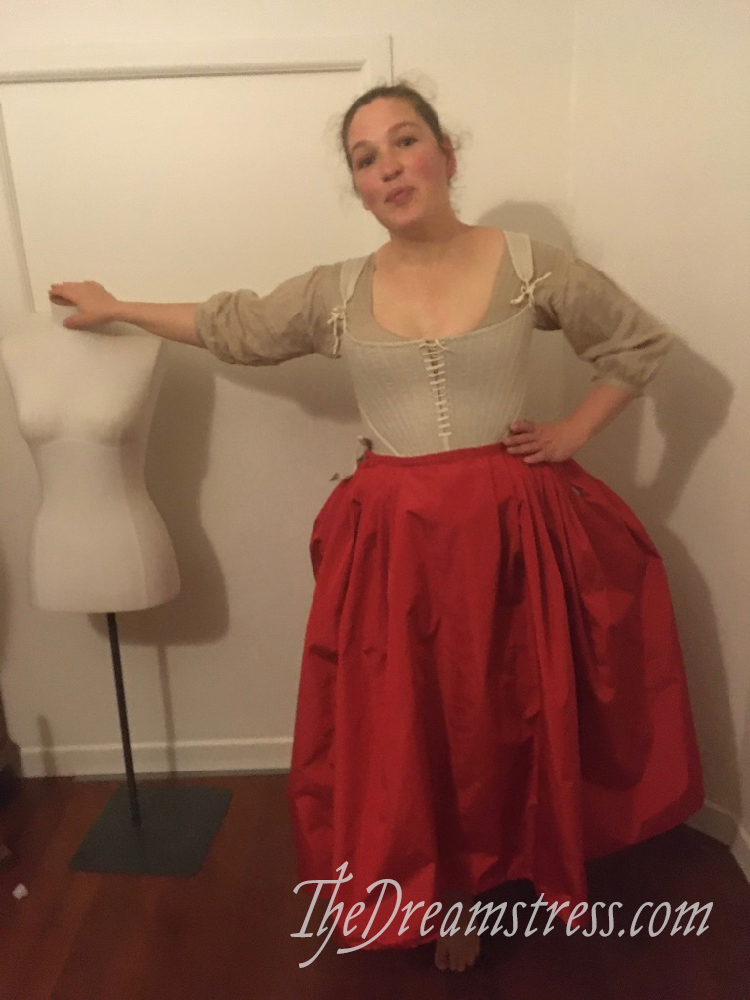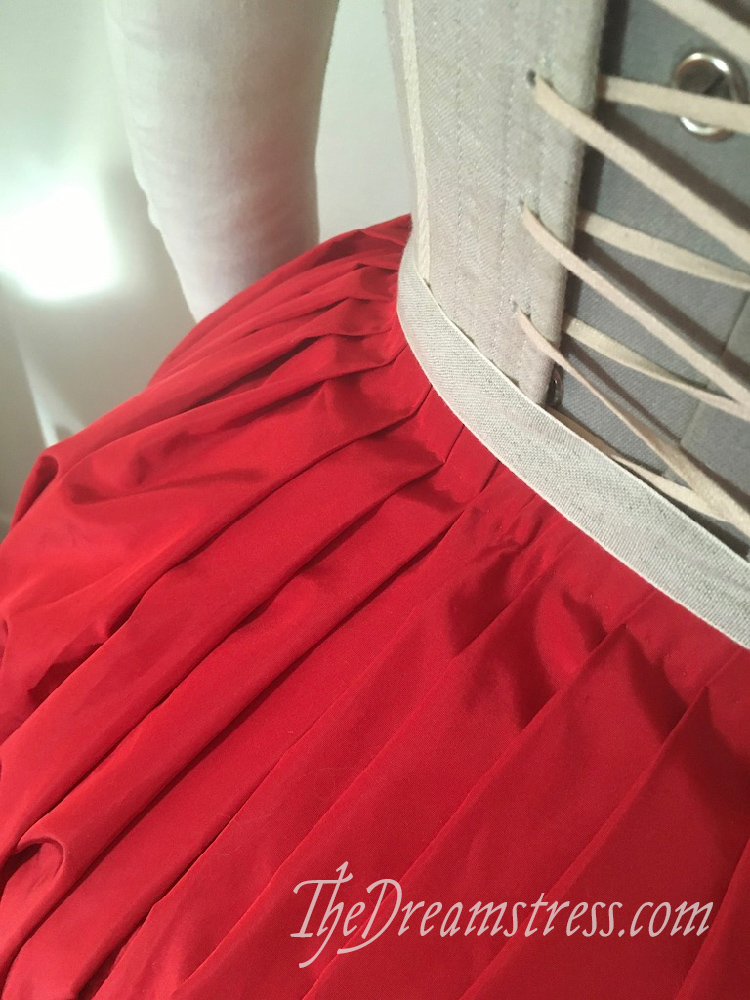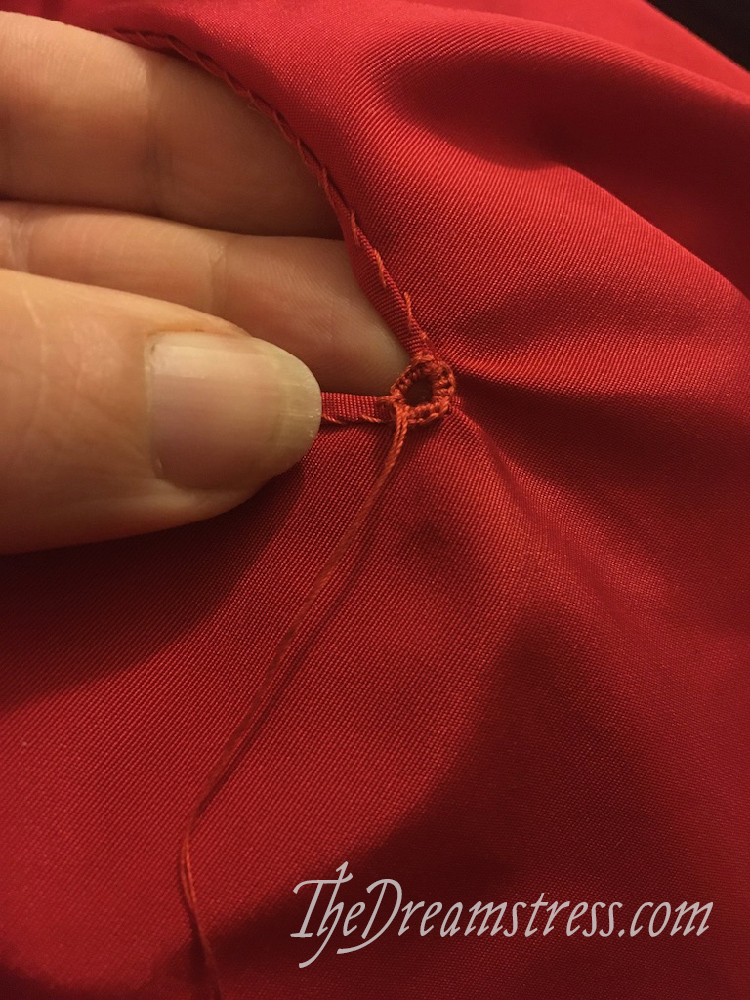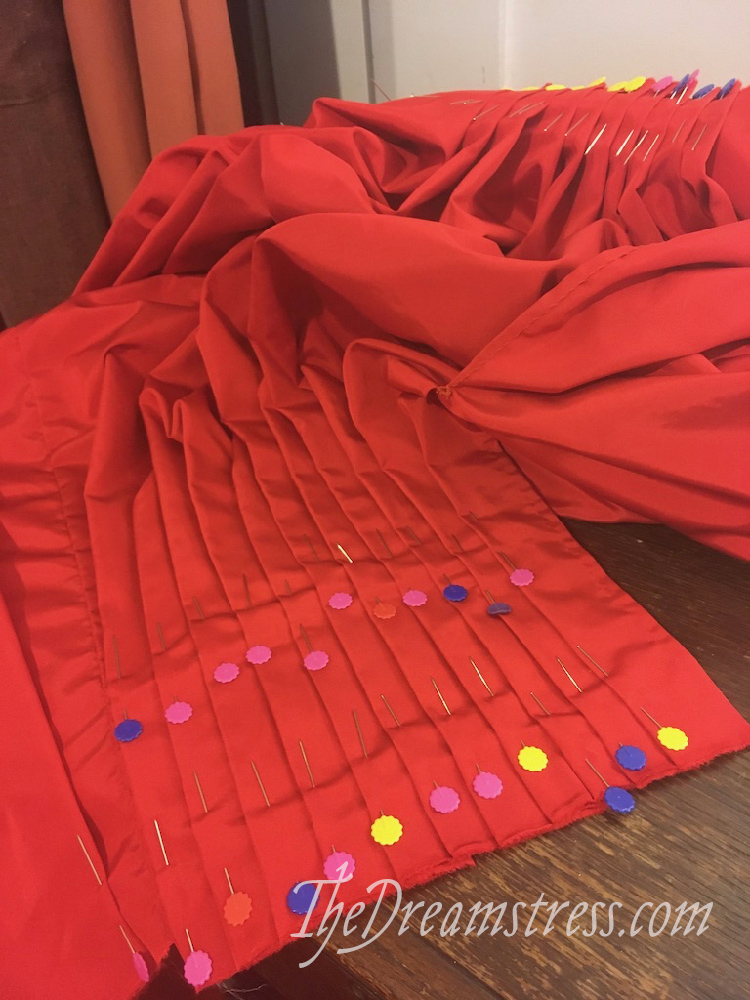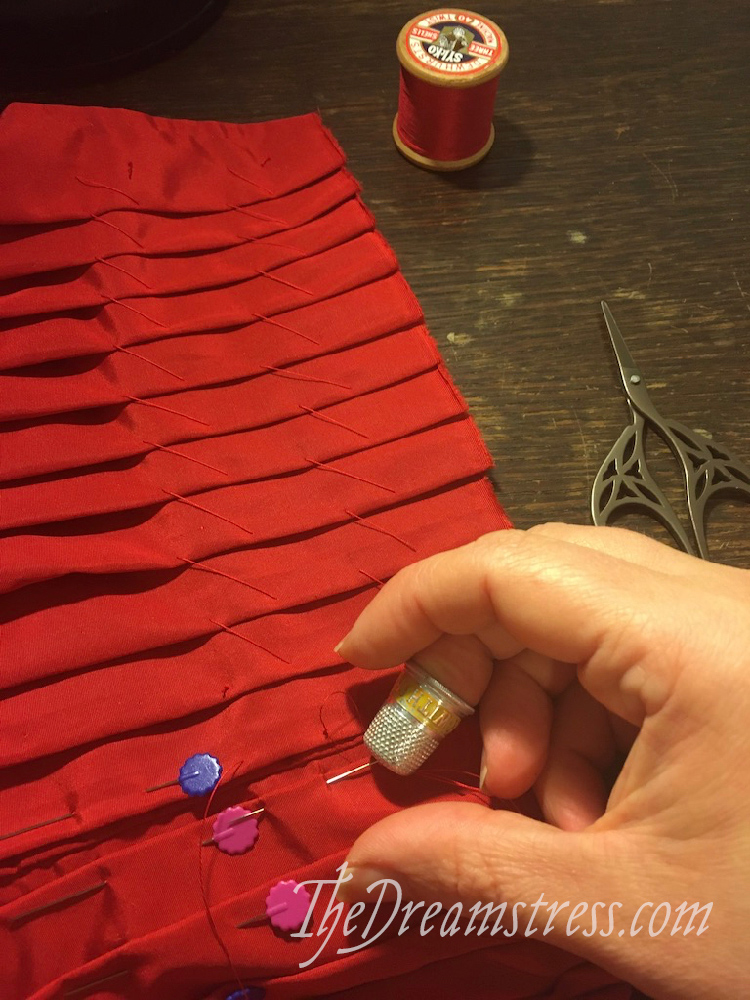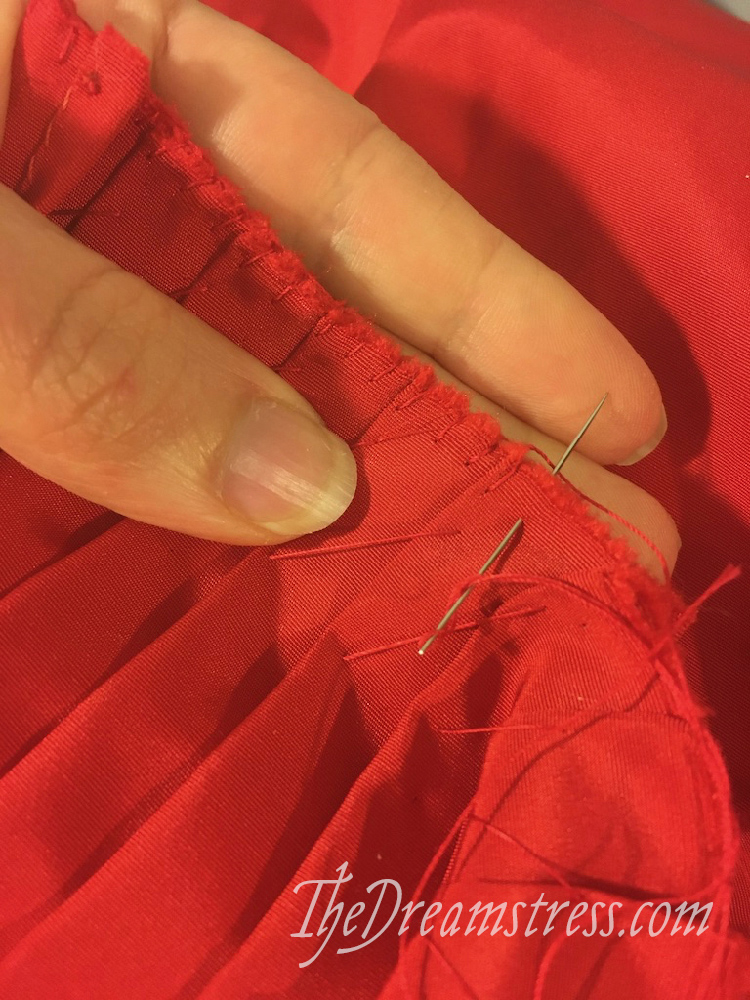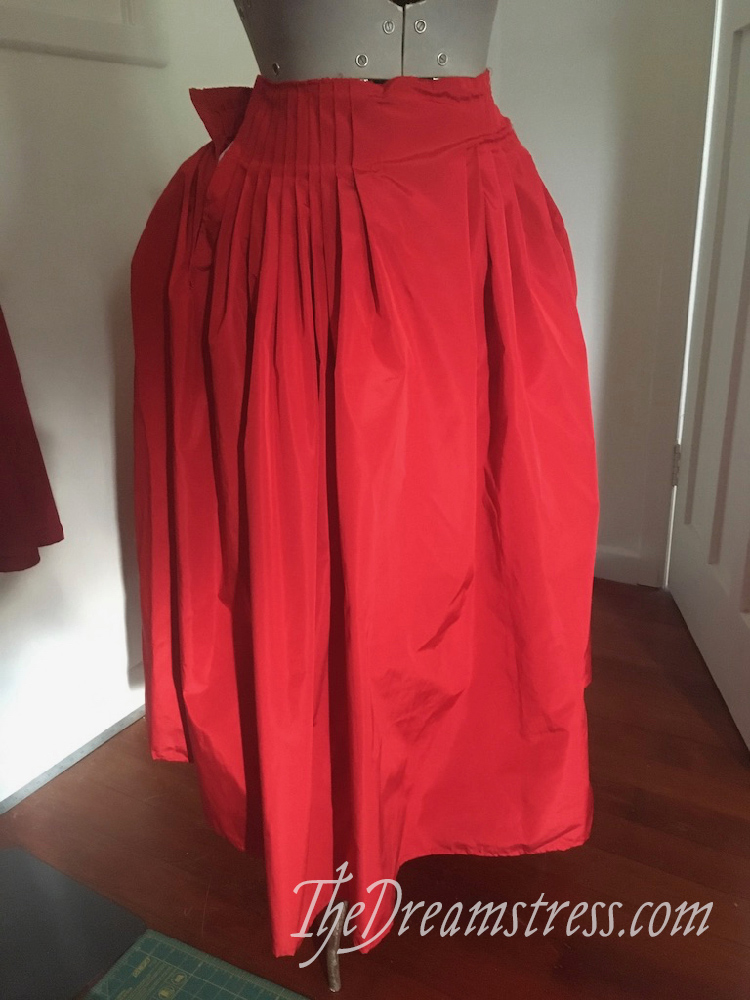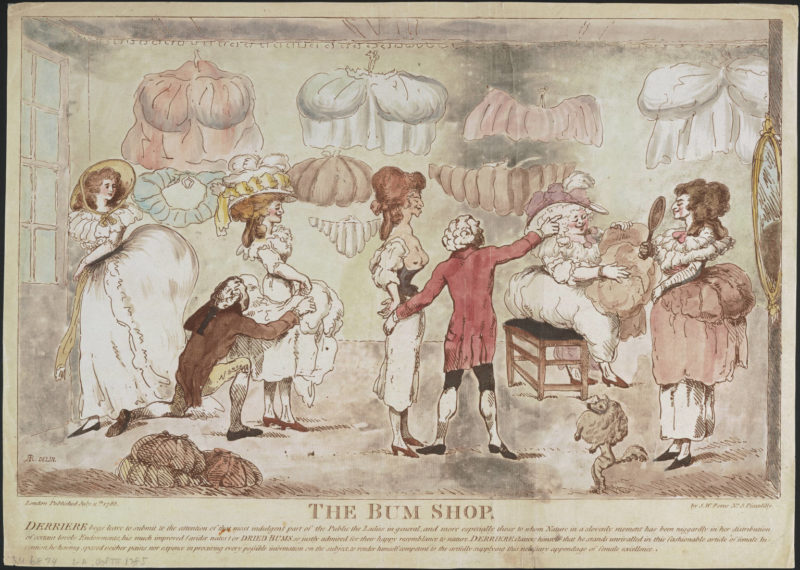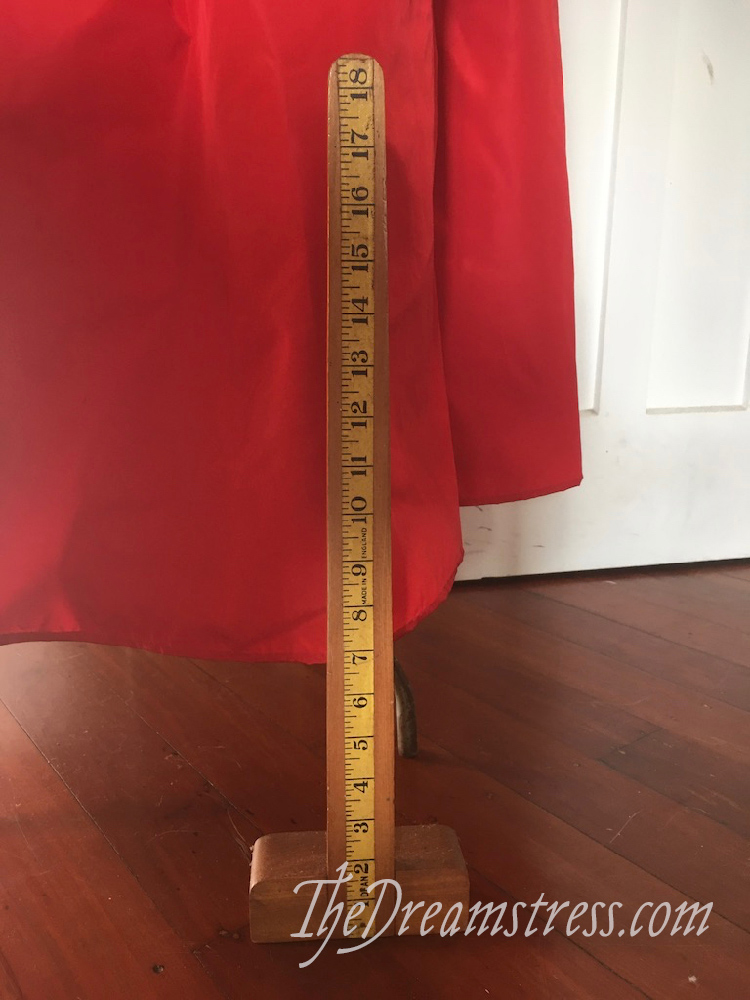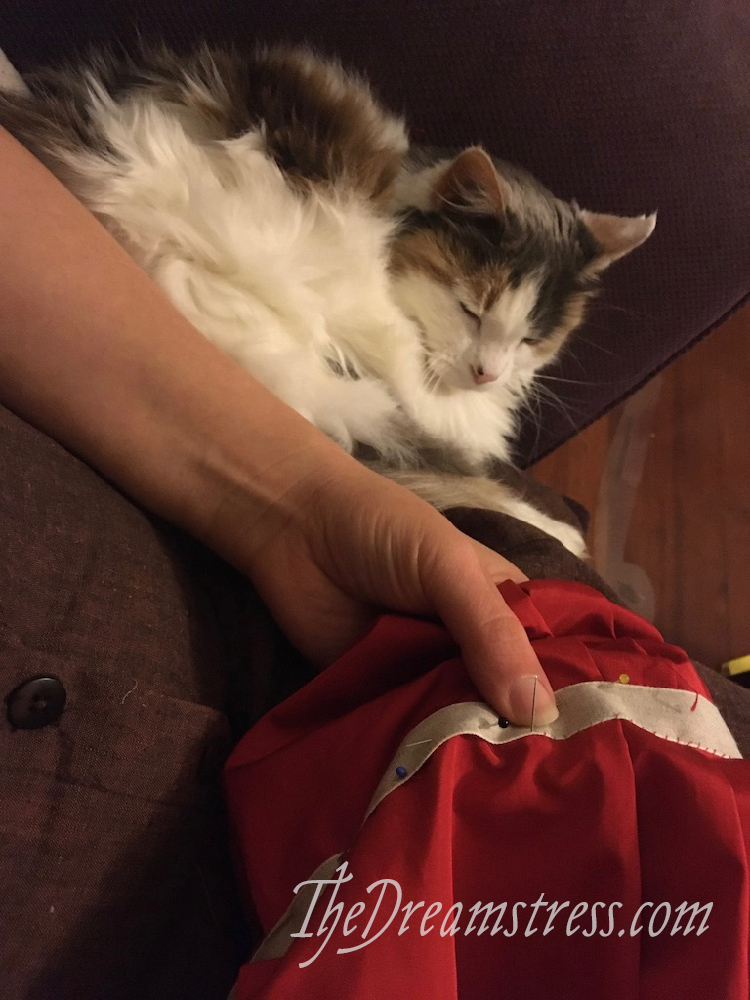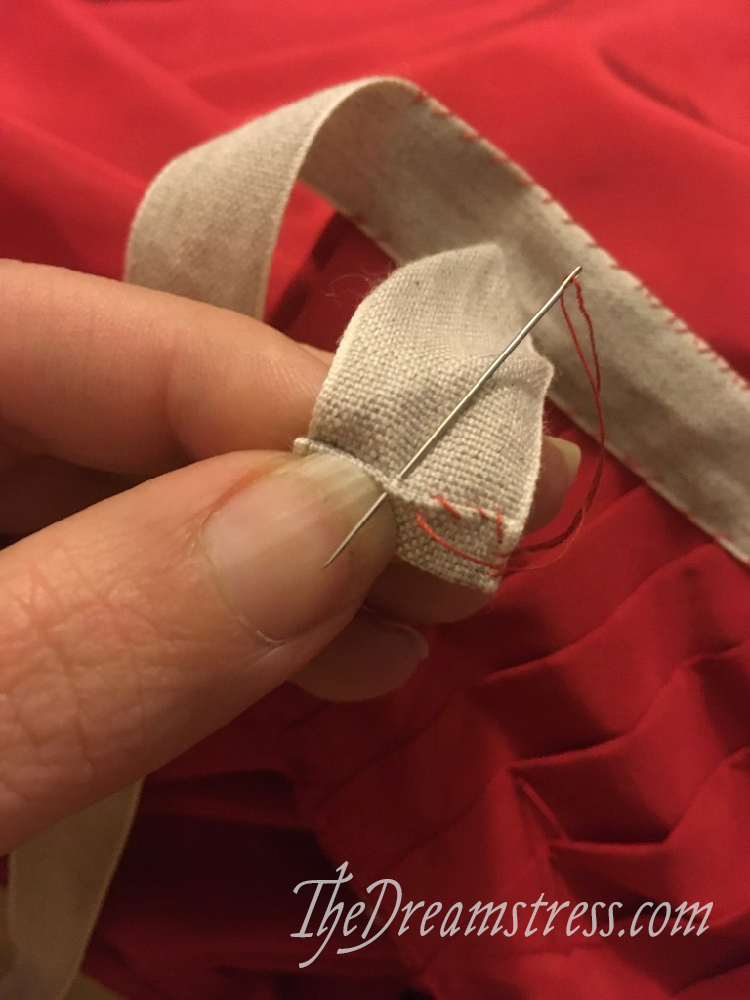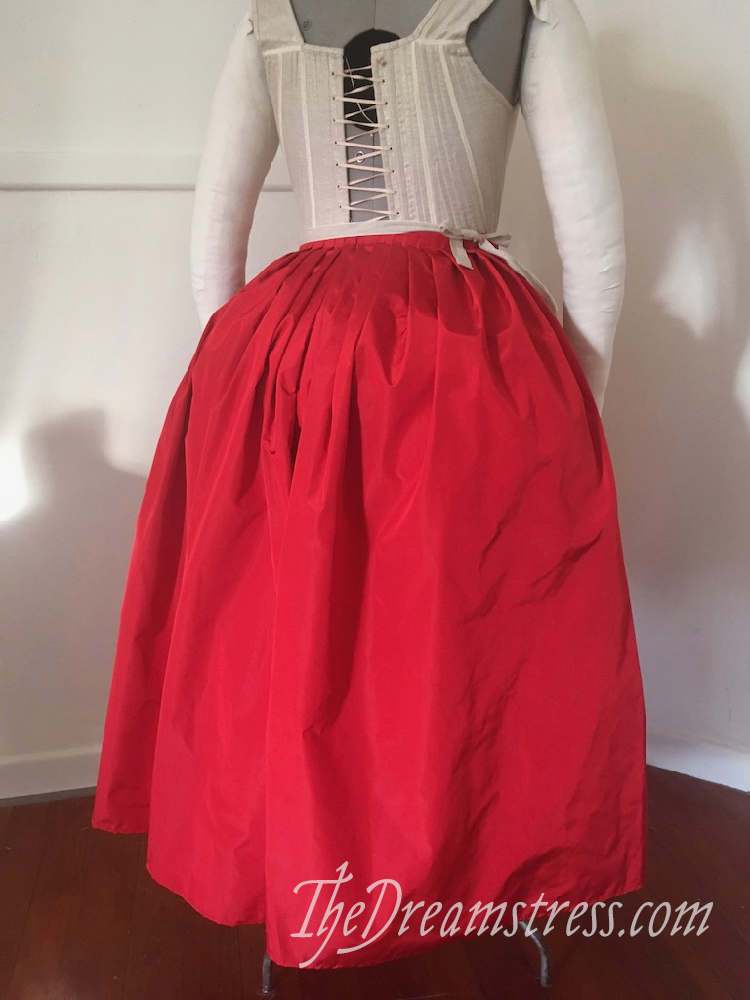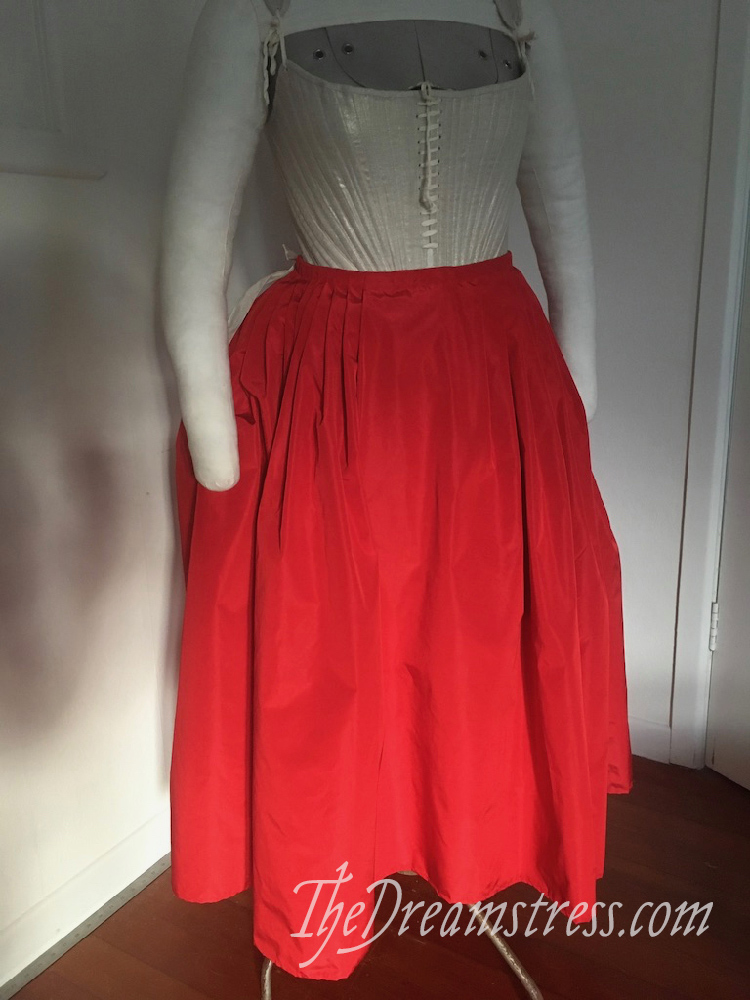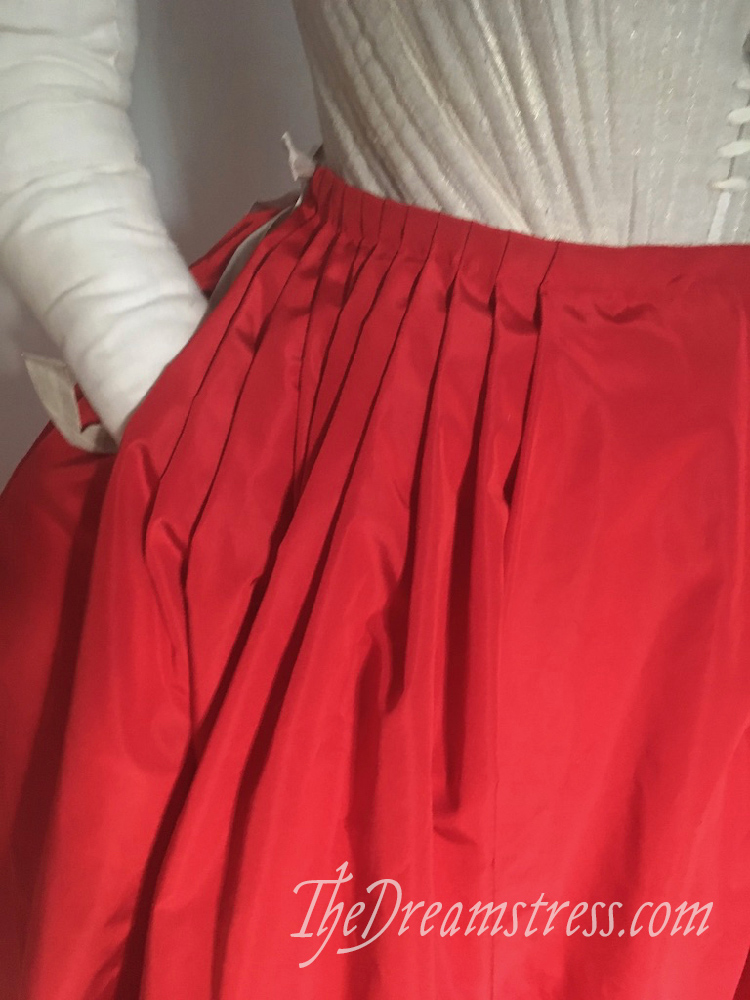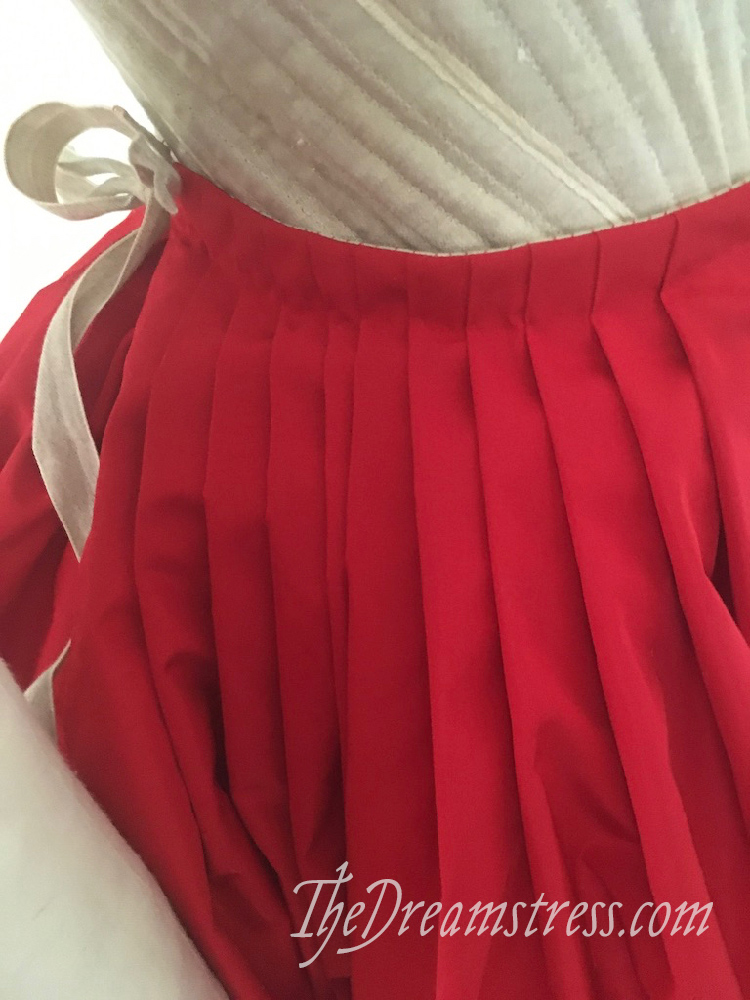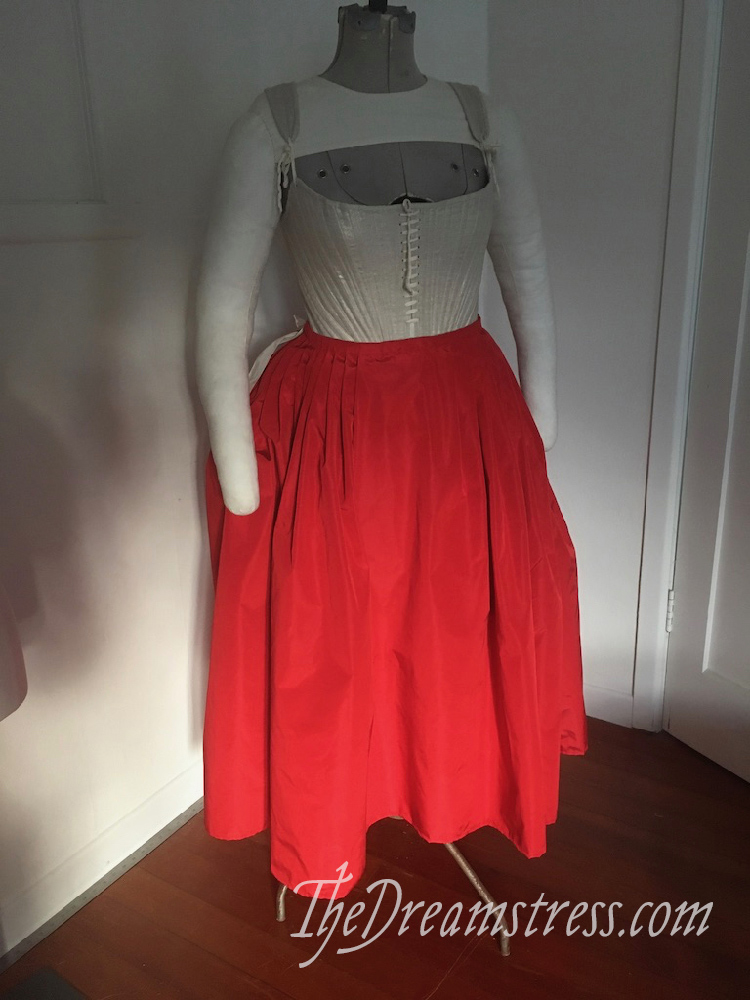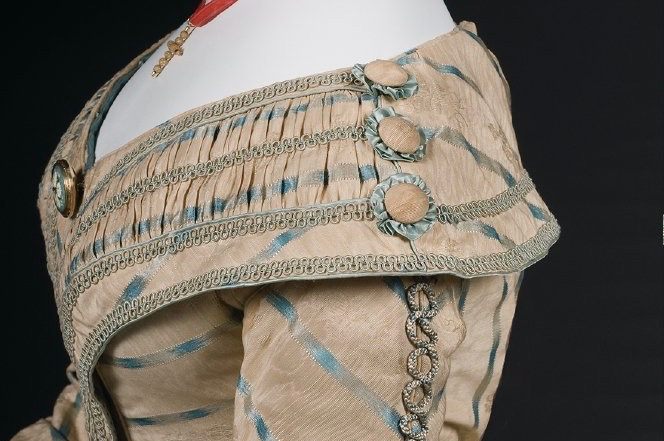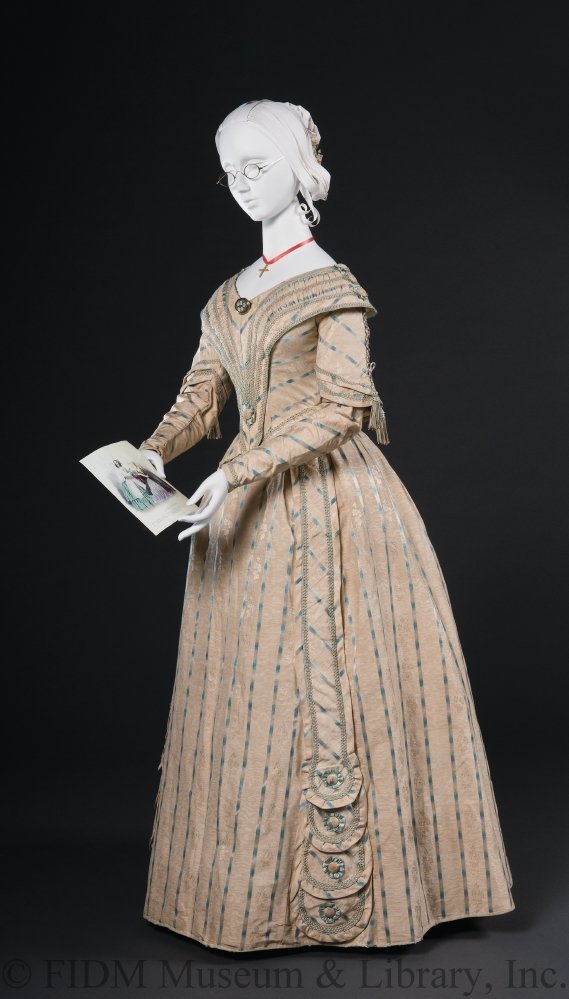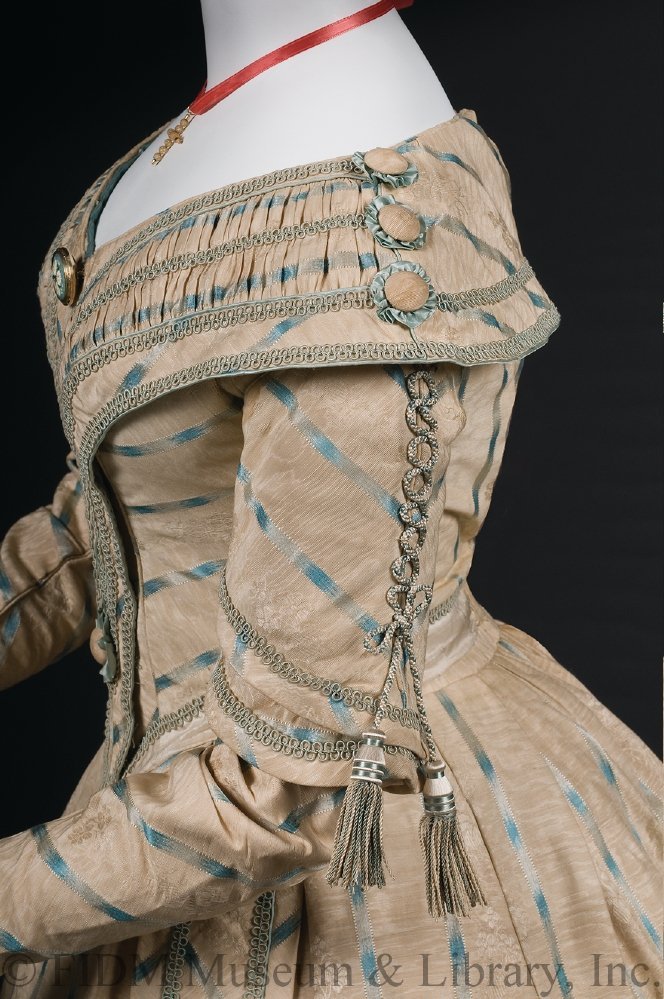IMPORTANT:
Some of the comments on this post (now deleted) were so out of hand I’m putting an extra warning up here.
Your rating can be very poor numerically, but your comment still has to be kind.
If your comment ventures into body-shaming or slut-shaming it will be deleted. If it’s marginal it will be edited to comply with basic standards of taste and kindness. If you think that being super negative and coming up with insulting analogies makes you clever 1) you’re wrong, it makes me think exactly the opposite (default negativity is lazy and based on the mistaken belief that disliking things makes you look smart – a position only held by not very smart people) and 2) I’ll delete your comment.
The goal of Rate the Dress is to spread historical knowledge and to give us all a chance to look at the details of garments, and to think about why they were used, and were considered fashionable and attractive, in an entertaining way. To those who contribute to this goal: hooray! Thank you for being awesome ❤️❤️❤️
And back to our usual programming…
This week’s Rate the Dress is a late Edwardian day ensemble that combines the short oversleeves of last week’s 1840s dress, with a variation on the [extremely unpopular] tromp l’oeil fichu effect of the week before, all in a fashionable shape of deep rose pink.
Last Week: an early 1840s dress with blue stripes
Last week’s 1840s dress was either very popular on almost all counts, or not popular, because you didn’t like the drab colour. Pale muted shades were just so popular in the 1840s.
The Total: 8.7 out of 10
A serious improvement on the last few weeks.
This week: a 1906 day ensemble in deep pink
This week’s pick is a day ensemble featuring the simple, slim, fitted cut that became fashionable in about 1906.

This example uses a combination of princess seams and inset panels to wrap the figure at the waist, flare out into a swishing skirt at the hem, and release in gathers to provide fullness at the bust.

The seaming and fit are both highlighted and hidden by soutache braid, applied in swirls and curlicues across the bodice and down the skirt.

The dress is made of wool twill, and comes complete with an bobble-trimmed indoor jacket: an extra layer of warm and formality.
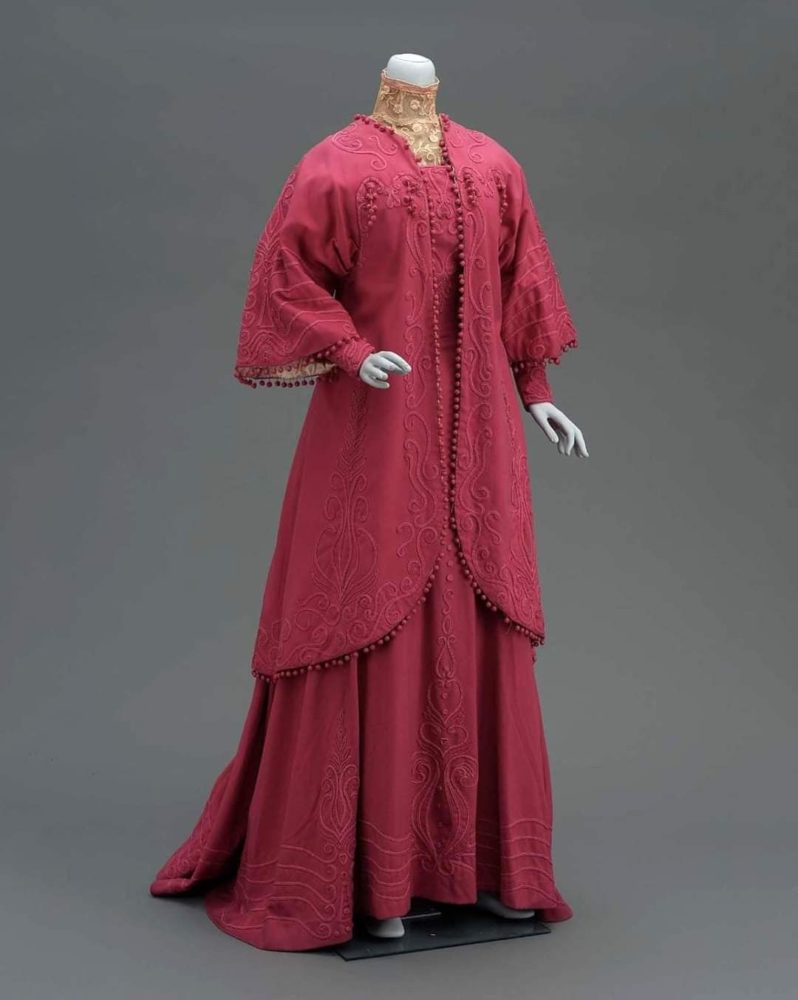
The cut of the jacket is simple, but fashionable, with cut on sleeves that reflect the Edwardian interest in Japonisme, and back seams that add extra flare to the jacket’s hem, and echo the swish of the skirt panels.
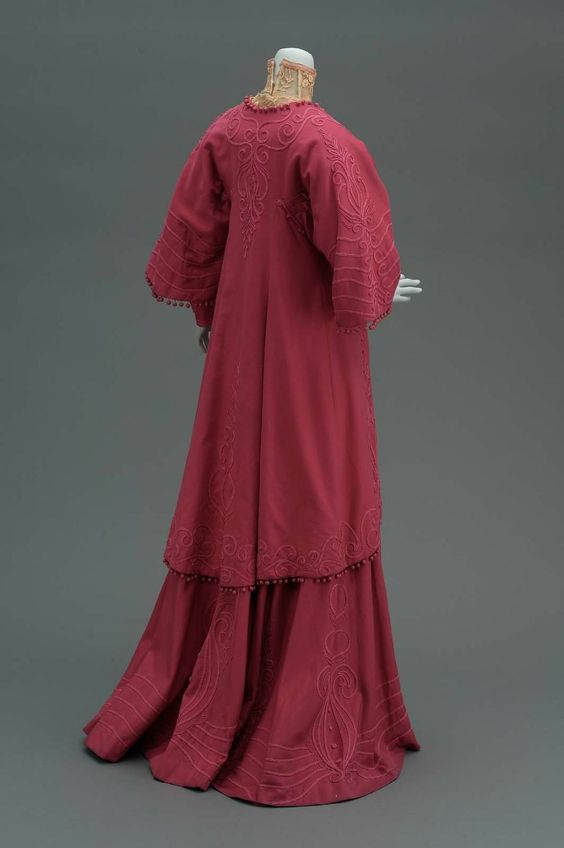
The bobbles that trim the neck and sleeves of the jacket are repeated on the front of the jacket, dangling like little clusters of berries from the upper bust.
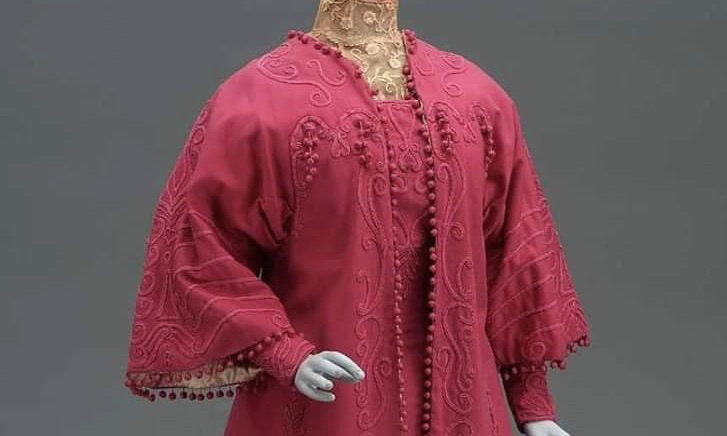
Dangling trims on the bust were all the rage in 1906-9. The dress also features strips of silk terminating in tassels which wrap around the neckline, weave in and out of the front bodice, and hang from the bust. They repeat the weaving in and out at the back bodice, and join together above the back waist in one tassel.
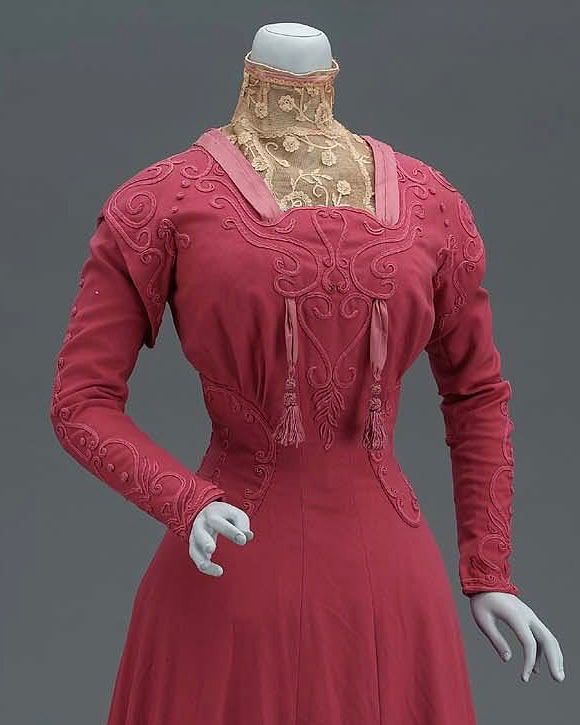
What do you think?
Rate the Dress on a Scale of 1 to 10
A reminder about rating — feel free to be critical if you don’t like a thing, but make sure that your comments aren’t actually insulting to those who do like a garment. Phrase criticism as your opinion, rather than a flat fact. Our different tastes are what make Rate the Dress so interesting. It’s no fun when a comment implies that anyone who doesn’t agree with it, or who would wear a garment, is totally lacking in taste.
As usual, nothing more complicated than a .5. I also hugely appreciate it if you only do one rating, and set it on a line at the very end of your comment.
